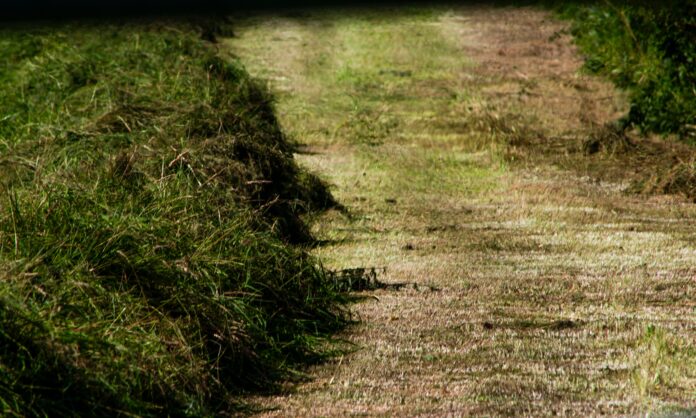
IT’S that time of year again – the silage season is upon us and Limerick City and County Council urging all farmers to act responsibly.
The recent cold spell has slowed down grass growth but with increasing temperatures it will be full steam ahead in the coming weeks.
It is essential therefore that adequate quantities of high quality silage are made to meet the nutritional demands for overwintered stock.
It is also essential to ensure that all effluents arising from the silage making process are collected, stored and landspread in a manner which ensure that water quality is not affected.
Silage effluent is a particularly potent pollutant – it is 200 times more polluting than raw domestic sewage.
The following guidance should be followed:
· Ensure that the silage base and associated collecting channels are free from defect. Where repairs are required seek professional advice. See the Department of Agriculture, Food and the Marine building specification
S.128 – Minimum Specification for Concrete Silage Bases
S.128A – Minimum Specification for Re-Surfacing of Silo Floors
· Only use proprietary sealants where required.
· Wilt the grass prior to ensiling – this helps ensure that dry matter content is at a level where release of effluent is minimised (at least 30% dm should be attained). Cut grass should be windrowed and tedded. Low dry matter grass results in poor fermentation and can result in “slumping” in the pit. This can cause channels to block and effluent to overflow to watercourses or to enter groundwater.
· If possible, cut-grass should be taken to the silage pit in the afternoon (this allows time for dew to evaporate).
· Ensure that grass is kept behind the drainage channels on the base and ensure that the drainage channels are kept free from blockage.
· Ensure that the polythene cover extends beyond the channels.
· Do not overfill pits – this is dangerous from a health and safety point of view and can also result in collapse of the pit. Where the design volume of the pit is inadequate for amount of silage to be harvested, fill pit to design limit and bale the remainder of the cut grass.
· Check regularly to ensure that all effluents are being collected. Ensure that collection tank is fit-for-purpose and is never allowed to overflow.
· Regularly check nearby drains and streams to ensure that silage effluent is not entering (look for signs of Sewage Fungus – a grey, dirty looking mass of growth and odour).
· Do not use farmyard manure or any organic material to cover the silage pit. Only clean water is permitted to flow off the silage cover – this to be directed to a clean water drain.
· Directly ensiled grass can release up to 30 litres of effluent per tonne for the first few days after ensiling so keep a constant eye on effluent collection tank.
· Silage effluent can be fed to livestock. Where it is to be landspread it should be diluted at least 1:1 with slurry. Ensure that adequate buffer zones are maintained to ensure waters are protected.
· Where silage infrastructure is in poor condition do not make pit silage. In this instance baled silage shall be made. Baled silage shall not be stored within 20metres of any waterbody.
· Always consult with Contractor to ensure that best practice will be followed.
· In the event that silage effluent is observed leaking from the pit you must ensure that measures are taken to prevent entry to waters (i.e. break the pathway to waters).


